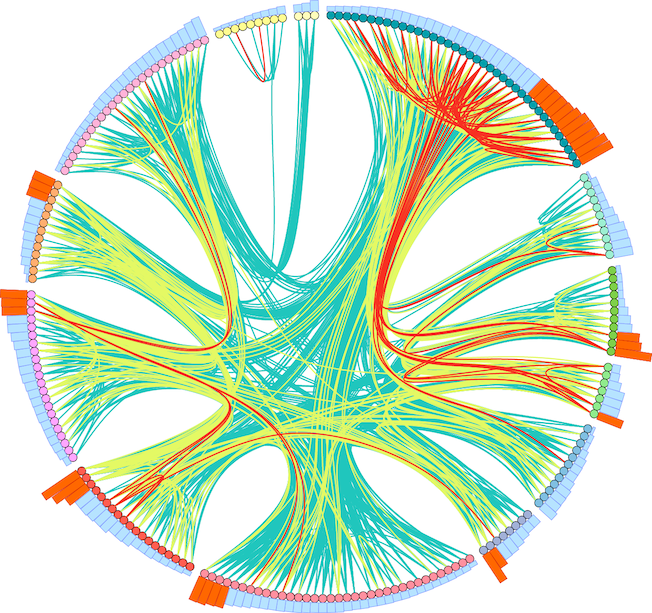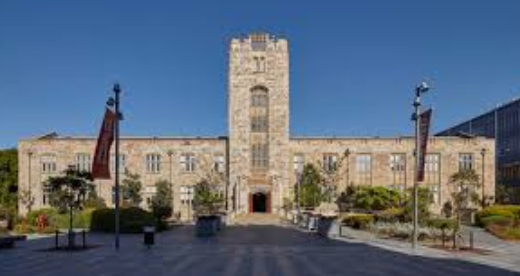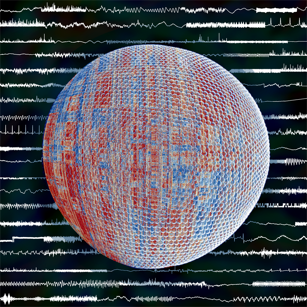My research
I have a diverse and interdisciplinary training in physics, dynamical systems, brain modeling, and statistical learning.
My research interests are correspondingly diverse, but can be broken up into two main themes:

Neurophysics
The brain is the most complex physical system we know of and its intimidating complexity forms the physical basis for our thoughts and feelings.
The brain's organization, and the mechanisms through which it allows us to make sense of the world around us, are ultimately physical mechanisms that have been selected for by evolution.
From the spatial patterning of the brain’s structural properties, to the role of cortical waves in transmitting information, evolution has exploited a diverse physical processes to enable efficient learning.
Physicists can distill modern neuroscience datasets down to interpretable principles and predictive theories about how the brain works, which may help us to learn from how the brain processes information to better treat brain disease and build new intelligent machines.
Neuroscience is rich in data, but poor in theory.
We have an extraordinary descriptive understanding of the brain: we know how many of its parts are structured, and how they work, and we can measure the brain’s structure and dynamics in unprecedented detail.
But when it comes to the type of understanding that would allow us to make deeper statements about how the brain works, we are more or less at square one.
This makes neurophysics a very exciting area to work in!
My research in neurophysics finds and explains patterns in the brain using methods from statistics and physics, with the ultimate aim of understanding principles of brain organization and function in terms of physical mechanisms of information processing.
Complex Systems
The modern world is drowning in data.
Statistical approaches can find patterns hidden in these data, but how can we understand how these patterns come to be?
This requires a combination of skills in statistical analysis and physical modeling.
We use a mix of techniques from statistical physics to machine learning to understand diverse systems, from earthquakes to heart rates, share prices to climate.
If we find informative patterns hidden in abnormal sleep recordings, pathological heart rhythms, or audio measured in Parkinson's disease, we might be able to do some serious good.
My research in Complex Systems uses techniques from statistical physics, information theory, and machine learning to extract and understand patterns emerging from big datasets of complex real-world systems.



